A team of researchers from a California university recently invented a device that can help people suffering from vocal cord conditions to speak.
The new device, which is assisted by artificial intelligence, aims to help people who are unable to speak as a result of laryngeal cancer surgeries or pathological vocal cord conditions.
Huge Breakthrough at UCLA

In March, a group of bioengineers working on a device to help people with vocal cord problems speak made a huge breakthrough at the University of California, Los Angeles.
The team, led by Jun Chen, was successful in finalizing a bioelectric patch, just over a square inch in size, that can turn muscle movements in the throat into speech, per Fox 19 News.
Bioengineers Publish Fascinating Results
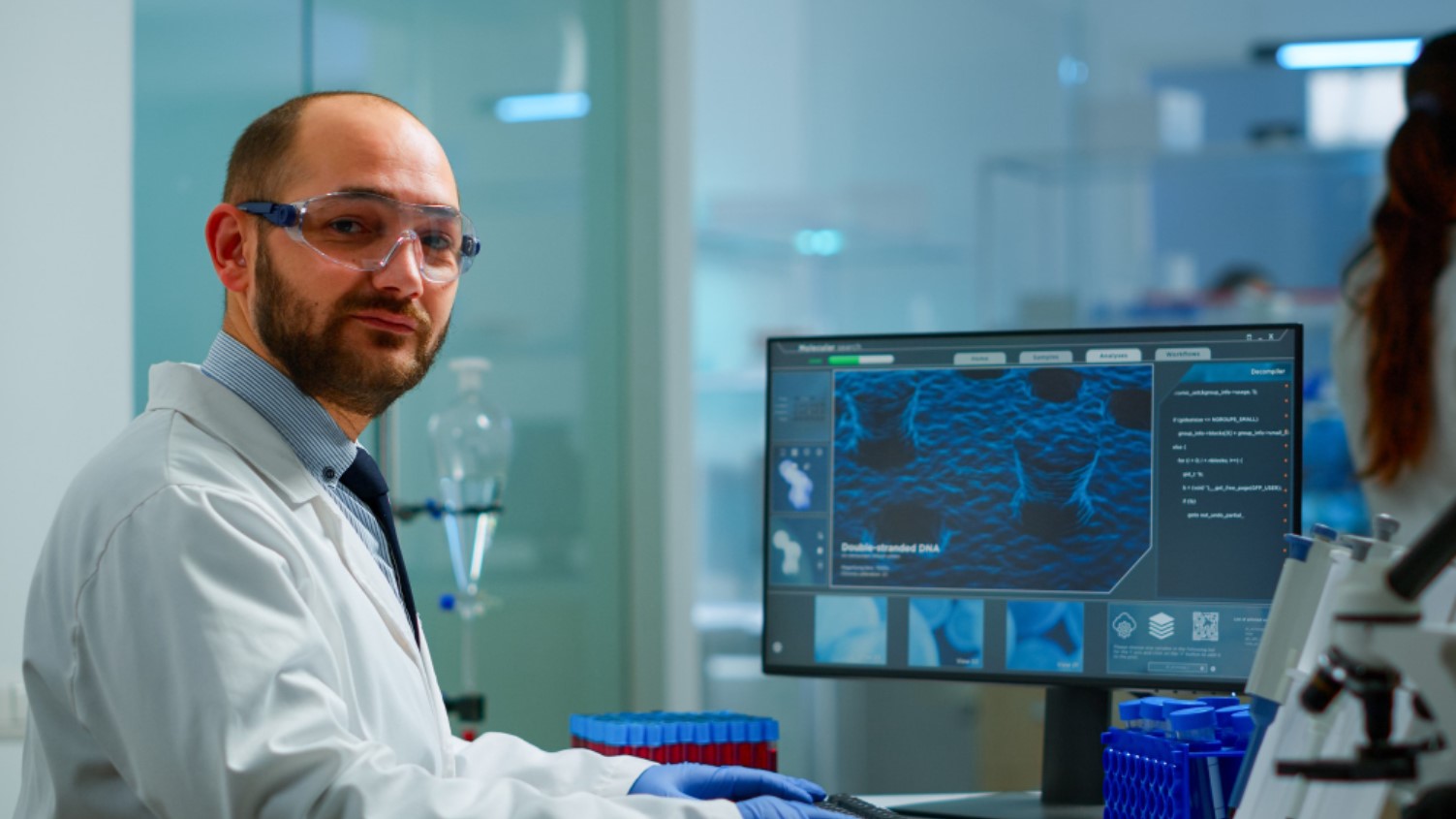
The work of Chen and his team was published in the journal Nature Communications.
According to the paper, the small device works by detecting any movement in the larynx muscles before translating it into speech with the help of AI.
The Necessity of a New Device

According to Chen, a bioengineering professor at the UCLA Samueli School of Engineering, previous devices of the same nature are both uncomfortable and inconvenient.
“Existing solutions such as handheld electro-larynx devices and tracheoesophageal-puncture procedures can be inconvenient, invasive or uncomfortable,” Chen told Fox 19.
UCLA Produces New Comfortable Design
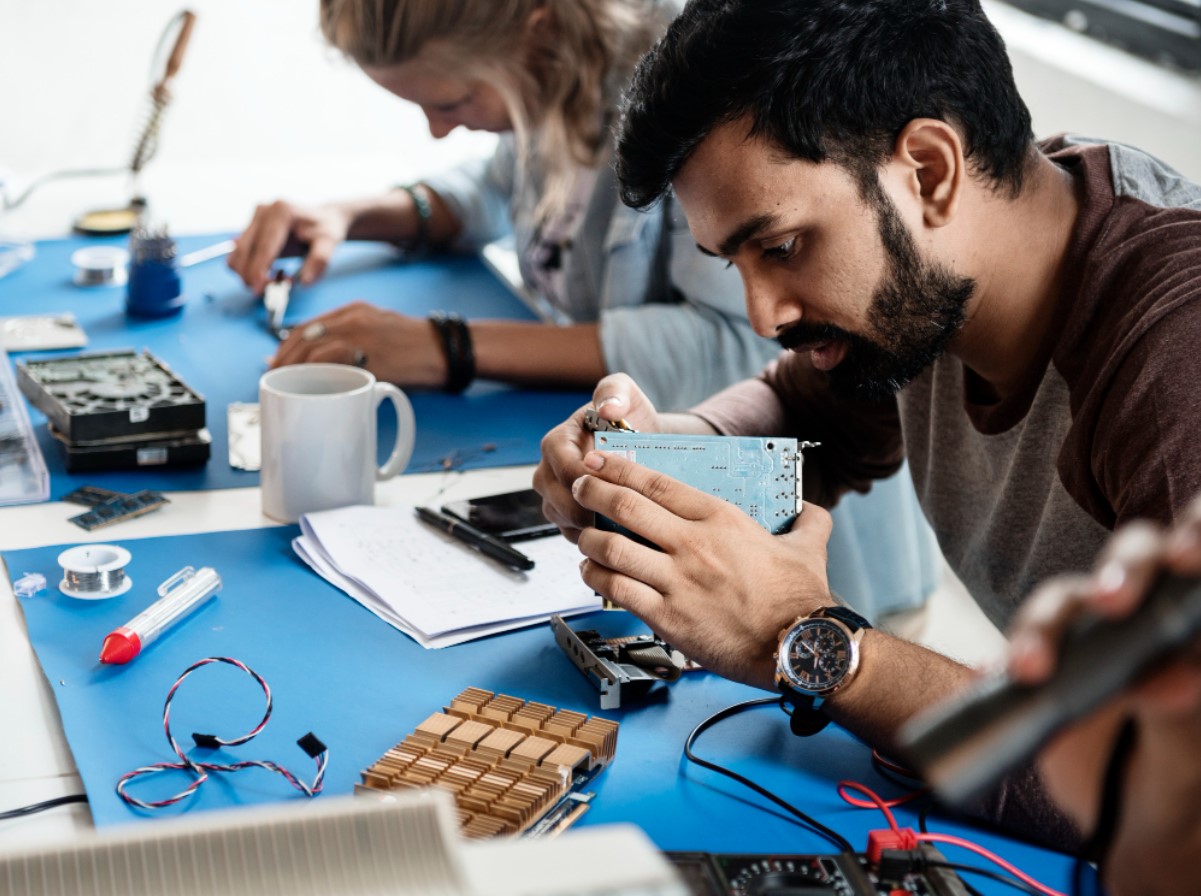
Chen believes he and his team have produced a much better alternative for those suffering from vocal cord problems.
“This new device presents a wearable, noninvasive option capable of assisting patients in communicating during the period before treatment and during the post-treatment recovery period for voice disorders,” said Chen.
Breakdown of the Small Device
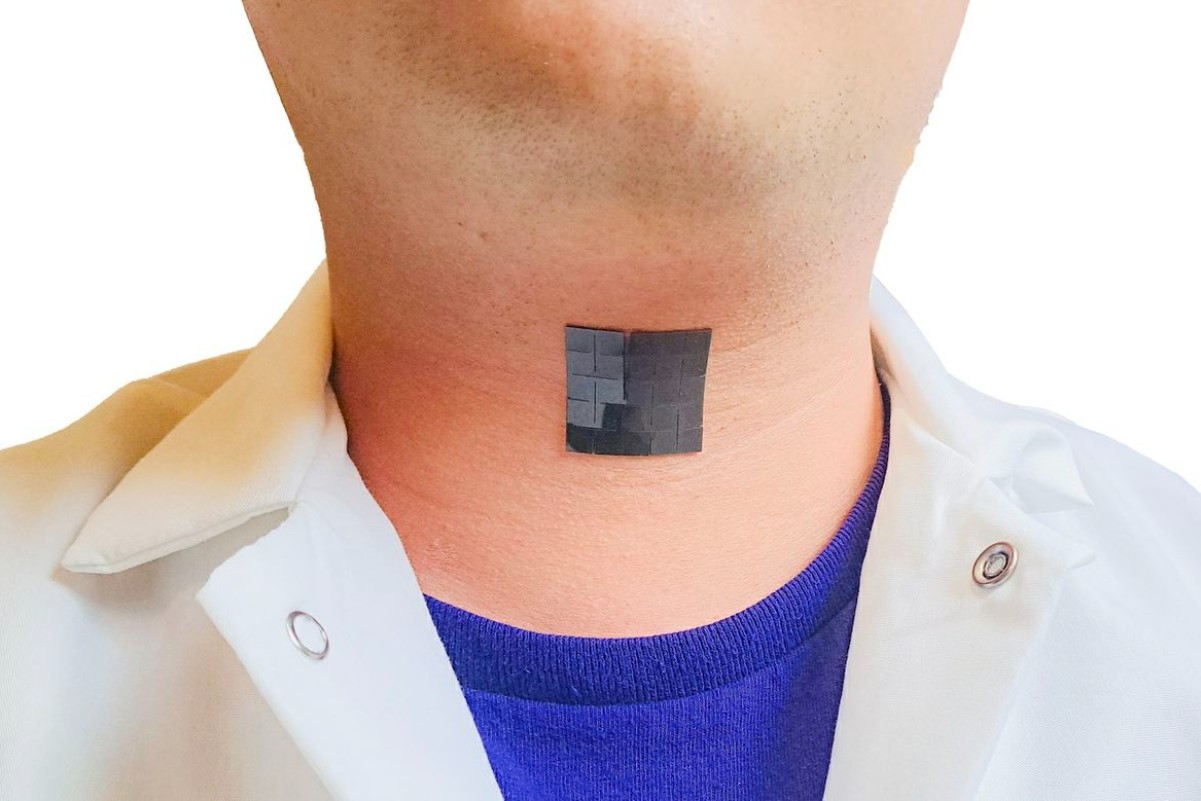
The small and intricate patch-like device consists of two components.
The main part is a self-powered component capable of detecting and converting movements generated by the wearer’s muscles into electrical signals, which are then converted into speech signals with the help of AI.
The Second Component Converts Signals to Speech
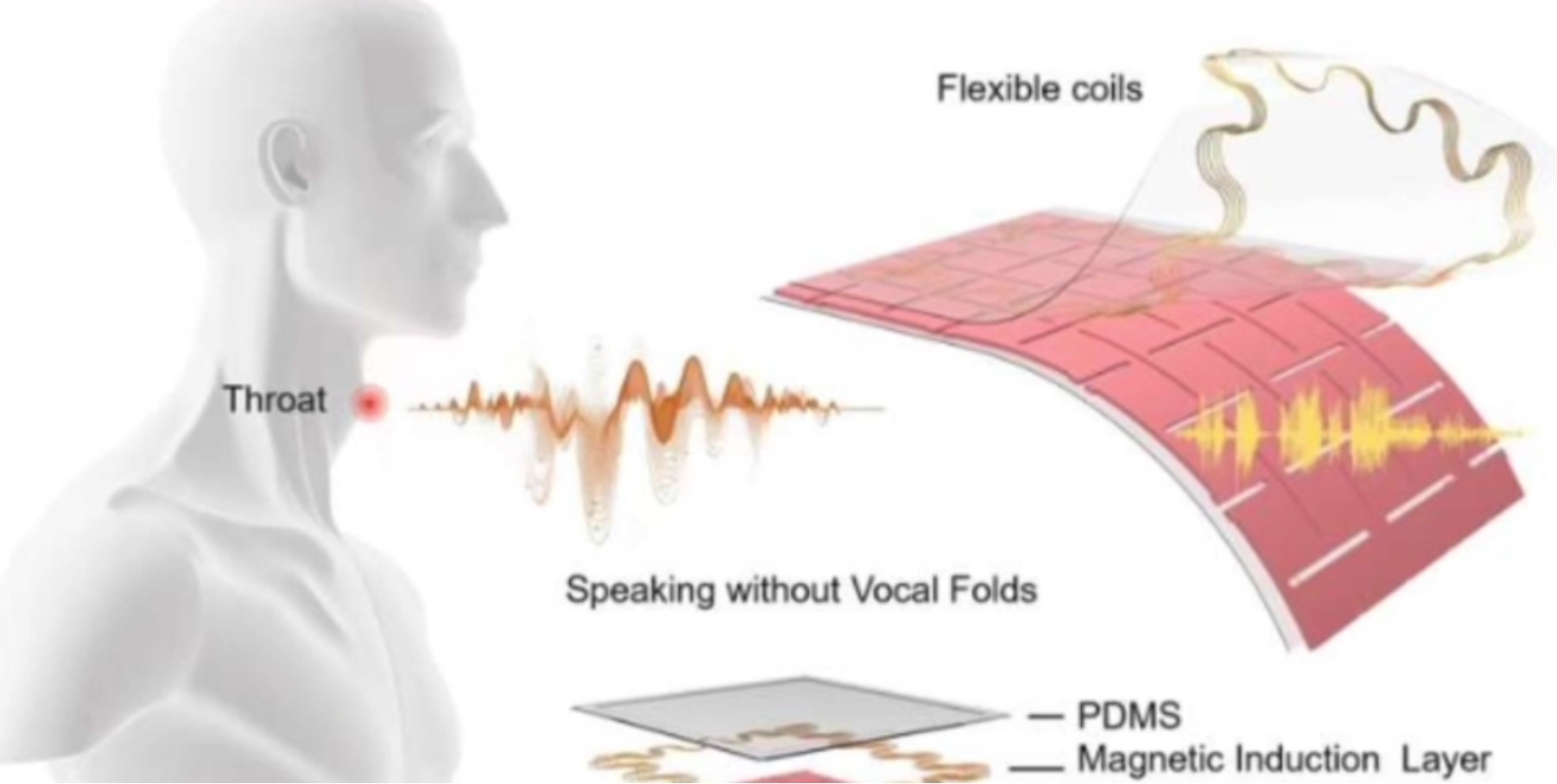
The second component of the fascinating UCLA device is capable of turning speech signals into spoken words.
The components of the small device, which weigh as little as 7 grams, are made up of two layers. The first is made of biocompatible silicone compound polydimethylsiloxane. The other is a magnetic induction layer comprised of copper induction coils.
Experiments on Eight Adults

Chen’s team conducted several experiments with eight adults to test the device’s efficiency.
During the testing, the participants were asked to say short sentences, including, “Hi, Rachel. How are you doing today?” and, “I love you!”
Device Comes Back with 95% Accuracy
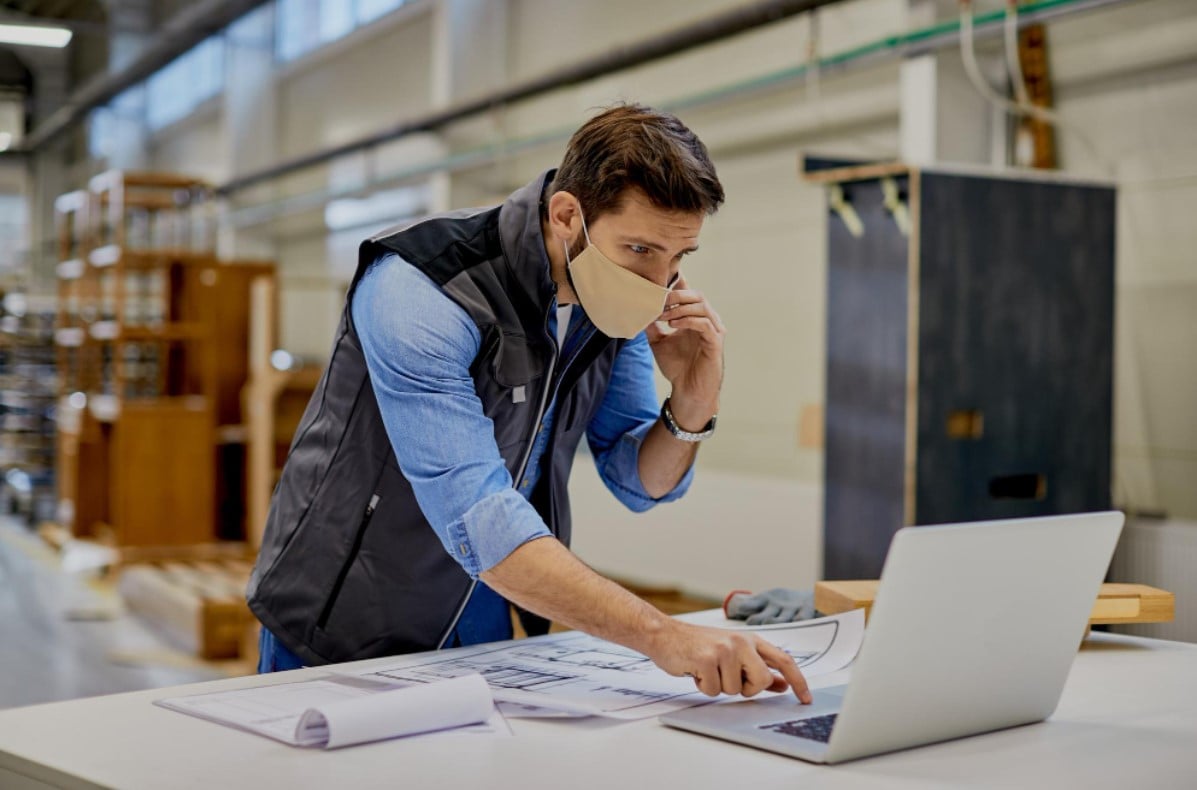
The team was able to demonstrate the efficiency of the device, as its accuracy came in at around 95%.
UCLA researchers also observed that the signals sourced from the laryngeal movements corresponded with the correct sentence the participants wanted to say.
What Is Next for Chen’s Team?

With initial success on their device, Chen’s team is hopeful they can begin testing on other patients.
The researchers also plan to enlarge the vocabulary of the small device through AI.
Helping Those with Voice Disorders
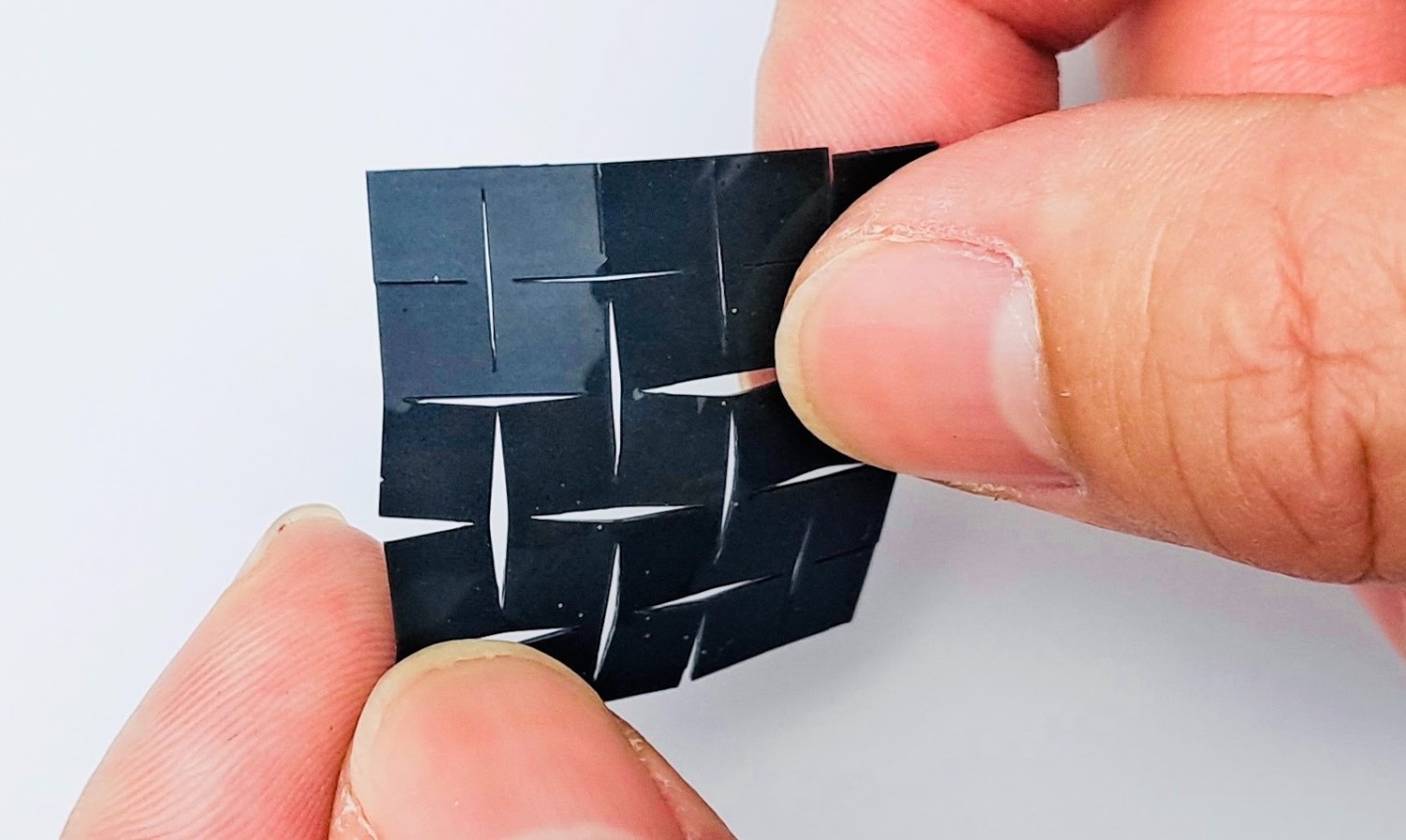
The device created by UCLA bioengineers will help a plethora of people struggling with vocal disorders.
According to the researchers, various forms of vocal disorders are fairly common. Their research suggests as much as 30% of the world’s population could experience such a problem at one point in their lives.
Resting Vocal Cords After Surgery
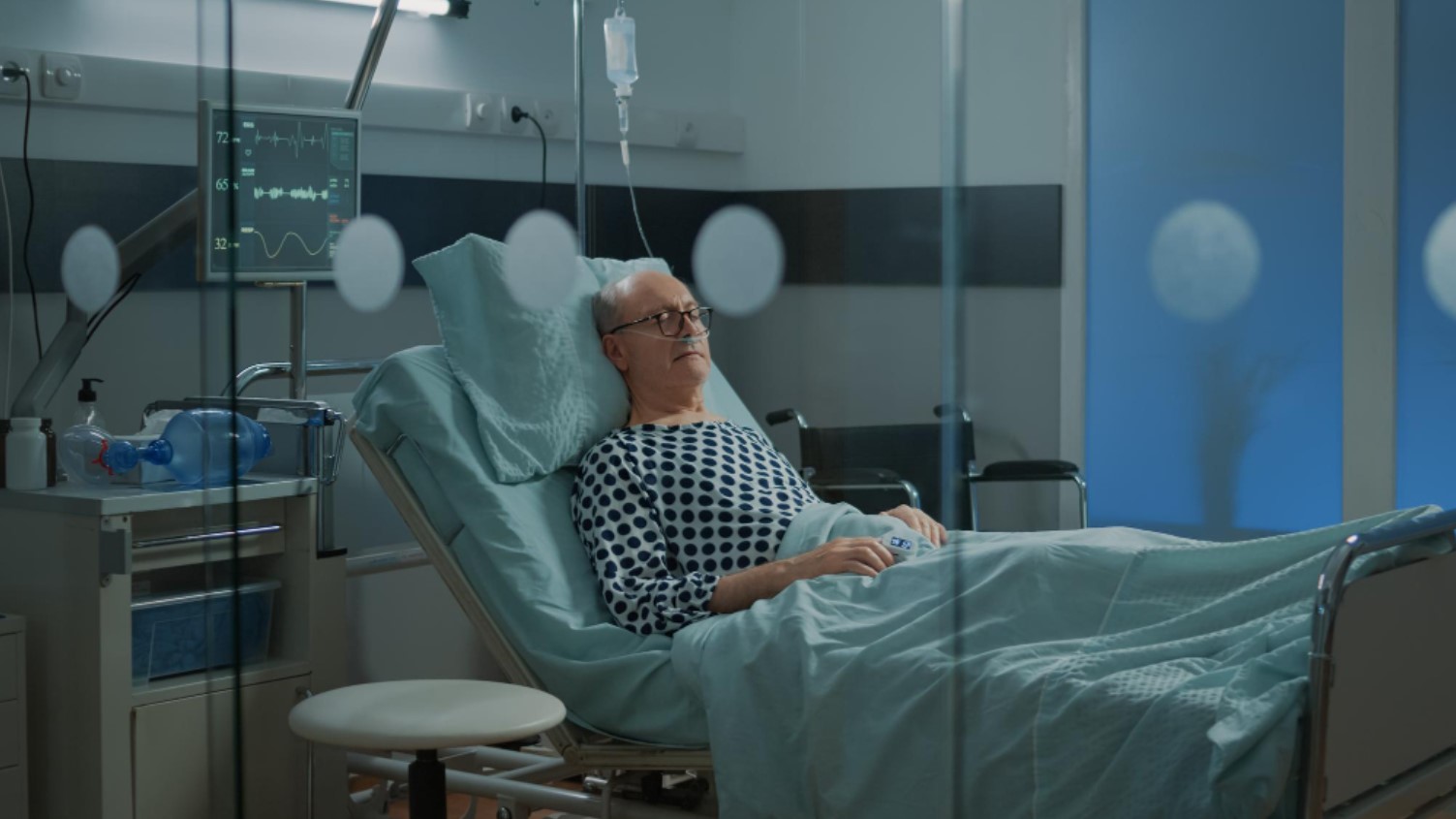
Chen had previously been involved in creating a glove that converted American Sign Language into speech.
The bioengineer believes the new device will significantly improve communication even after vocal cord surgery and extensive recovery periods.








































